Loading
Archives of Obstetrics and Gynaecology
ISSN: 2692-787X
Most Read Articles
Ultrasound in Obstetrics and Gynecology
Elliot M. Levine
Advanced ultrasound offers an important diagnostic clinical tool for the specialty of Obstetrics (OB) and Gynecology (GYN). The advanced ultrasound technologies, such as power Doppler angiography, with its assessment of vascular flow, adds to the described clinical benefits. The imaging technology that this represents, offers diagnostic abilities for a variety of obstetric and gynecologic conditions
Arch Obstet Gynecol, 2020, Volume 1, Issue 1, p1-4 | DOI: 10.33696/Gynaecology.1.001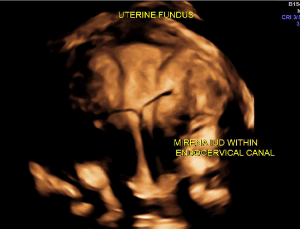
A Review of the Applications of Intraoperative Ultrasound Guidance in Cervical Cerclage and Selected Gynecological Procedures
Noa Leybovitz-Haleluya , Reli Hershkovitz
The role of ultrasound (US) in gynecological procedures is increasing. Transabdominal ultrasound image–guided intrauterine procedures are not new. In this article, we reviewed the use of ultrasound some of the main gynecological procedures, focusing on the cerclage procedures.
Arch Obstet Gynecol, 2023, Volume 4, Issue 1, p1-3 | DOI: 10.33696/Gynaecology.4.034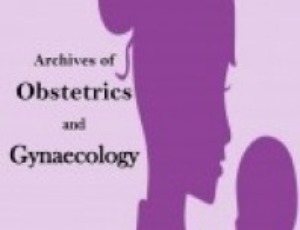
Early Onset Fetal Growth Restriction: Does Path to Diagnosis Impact Outcomes and Pathology?
Brian Burnett , Linda Street , Kristen H. Quinn , Jeffrey M. Denney
Objective: To evaluate demographics and outcomes of maternal-fetal pairs in early onset fetal growth restriction (FGR) requiring delivery prior to 34 weeks’ gestation based on ultrasound indication leading to diagnosis. Study Design: This is a descriptive study of maternal-fetal pairs with early FGR diagnosed prior to 30 weeks’ gestation and delivering between 22w0d and 34w0d under the care of Wake Forest University Perinatology 01/2012-12/2016.
Arch Obstet Gynecol, 2020, Volume 1, Issue 1, p5-12 | DOI: 10.33696/Gynaecology.1.002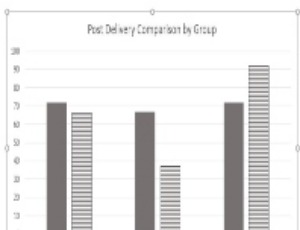
Neoadjuvant Chemotherapy Followed by Fertility Sparing Surgery in Stage 1B2 Cervical Cancer
JWM Aarts , PLM Zusterzeel
In 2020 we published a series of 18 patients who underwent neoadjuvant chemotherapy (NACT) and vaginal radical trachelectomy (VRT) as a fertility sparing alternative in stage 1B2 cervical cancer.
Arch Obstet Gynecol, 2021, Volume 2, Issue 1, p16-19 | DOI: 10.33696/Gynaecology.2.012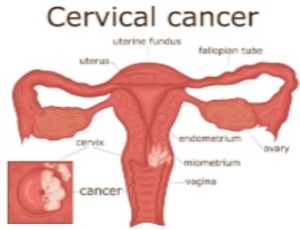
Circulating Cell-Free RNA: A New Perspective for Endometrial Cancer
Francesca Malentacchi , Flavia Sorbi , Natasha Cipriani , Chiara Sgromo , Lorenzo Antonuzzo , Serena Pillozzi
In order to implement the knowledge of cancer to monitor its evolution and setting, in the last decade, new minimally invasive and repeatable samples collection have been developed such as liquid biopsy. Cancer biomarkers originating from tumors can represent the molecular status of the tumor or its metastases which release them directly into body fluids or indirectly due to disruption of tumor/metastatic tissue. These biomarkers are detectable in liquid biopsy.
Arch Obstet Gynecol, 2020, Volume 1, Issue 2, p37-42 | DOI: 10.33696/Gynaecology.1.006
Postmenopausal Hyperhidrosis and Vasomotor Symptoms in Menopause Should be Treated Differently – A Narrative Review
Carl Swartling , Hans Naver , Philip Cabreus
Postmenopausal hyperhidrosis (PMH) is an important differential diagnosis to vasomotor symptoms (VMS) in menopause. The objective is to describe the differences in clinical presentation and treatment of the two conditions. Patients suffering from PMH represent a unique cohort of patients with primary hyperhidrosis and should therefore not be treated in the same way as those displaying VMS during menopause.
Arch Obstet Gynecol, 2021, Volume 2, Issue 3, p57-63 | DOI: 10.33696/Gynaecology.2.020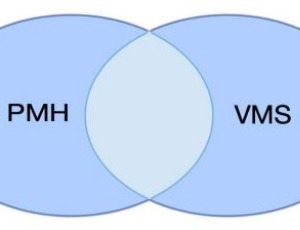
Cerclage Related Complications after Trachelectomy: A Retrospective Case Series
Nicole B. Burger , Nour Abdulrahman , Marjon A. DE Boer , Guus Fons , Judith A.F. Huirne
Purpose: Cerclage related complications in patients after trachelectomy are rare, but can have an immense effect on fertility and obstetric outcomes. We aim to report on cerclage related complications after trachelectomy and to increase awareness and develop preventive strategies. Methods: Retrospective case series from 2006-2021 in a single tertiary referral center, including patients who experienced cerclage related complications after vaginal or abdominal trachelectomy because of early-stage cervical cancer.
Arch Obstet Gynecol, 2021, Volume 2, Issue 3, p64-75 | DOI: 10.33696/Gynaecology.2.021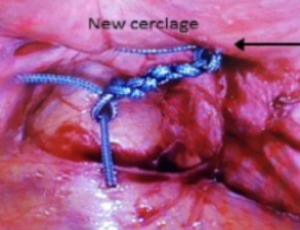
About Scientific Archives
Scientific Archives is a global publisher initiated with the mission of ensuring equal opportunity for accessing science to research community all over the world. Spreading research findings with great relevance to all channels without any barrier is our goal. We want to overcome the challenges of Open Access with ensured quality and transparency.
